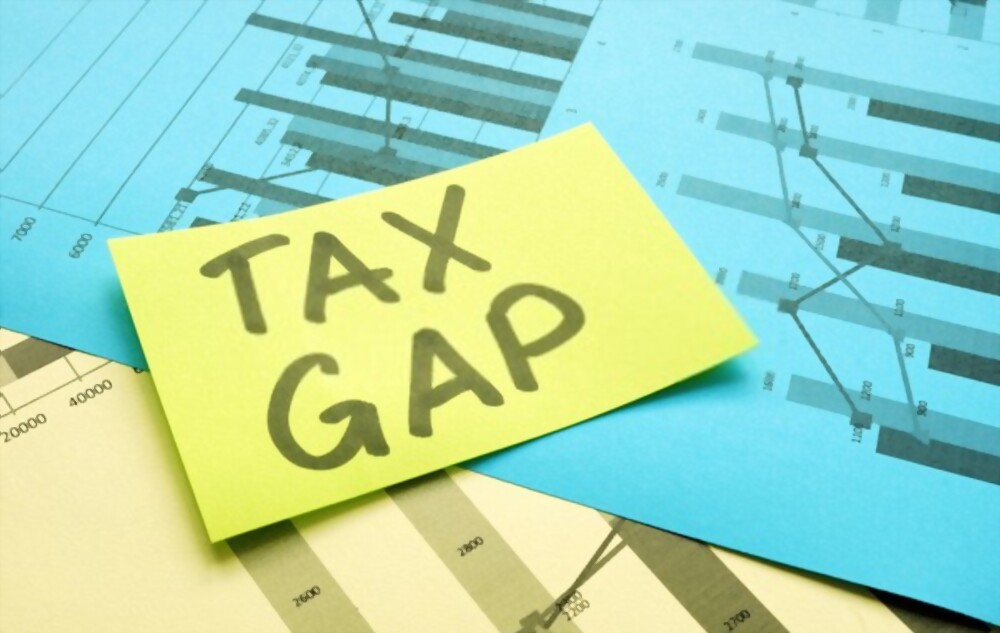
The annual tax gap averaged $496 billion for tax years 2014 through 2016, and that figure is likely to grow, the IRS said Friday in its latest set of tax gap estimates.
The gross tax gap is the difference between the estimated tax liability for the period and the amount that taxpayers pay on time. Based on projections for 2017–2019, the estimated average gross tax gap is projected to be $540 billion per year, the IRS said.
2014–2016 estimated annual tax gap is an increase of over $58 billion from the estimate for tax years 2011–2013.
“These findings underscore the importance of ensuring fairness in our nation’s tax system,” outgoing IRS Commissioner Chuck Rettig said in a statement released Friday. “The increase in the tax gap estimates reflects that the IRS needs to do more, both in improving taxpayer service as well as working to improve tax compliance.”
The IRS also estimates that after late payments and IRS collection efforts, an additional $68 billion per year will be collected, making the net tax gap $428 billion annually for tax years 2014–2016.
Between the two periods — 2011–2013 and 2014–2016 — the estimated total tax liability increased by over 23%. The tax gap estimates show about 85% of taxes were paid voluntarily and on time, a slight improvement from 83.7% in the revised the tax year 2011–2013 estimate. After IRS compliance efforts are considered, the estimated share of taxes eventually paid is expected to be 87% for 2014–2016.
Three figures go into the gross tax gap, and for the 2014–2016 estimate they were: $39 billion from people who do not file taxes; $398 billion from underreporting, or taxes that are understated on returns that are filed timely; and $59 billion from underpayment, or taxes reported, but not paid, on time.
The associated voluntary compliance rate for 2017–2019 is projected to be 85.1%. The IRS projects that for that period another $70 billion per year will eventually be collected, which yields an annual net tax gap projection of $470 billion.
For tax years 2017–2019, the projected tax gap components are $41 billion (non-filing), $433 billion (underreporting), and $66 billion (underpayment).
A small increase in the voluntary compliance rate makes a big difference in the amount of money collected. A one-percentage-point increase in voluntary compliance would bring in about $40 billion, the IRS said.
“Keeping the voluntary compliance rate as high as possible ensures that taxpayers believe our system is fair,” Rettig said. “The vast majority of taxpayers strive to pay what they owe on time. Those who do not pay their fair share ultimately shift the tax burden to those people who do, which fuels the tax gap.”


